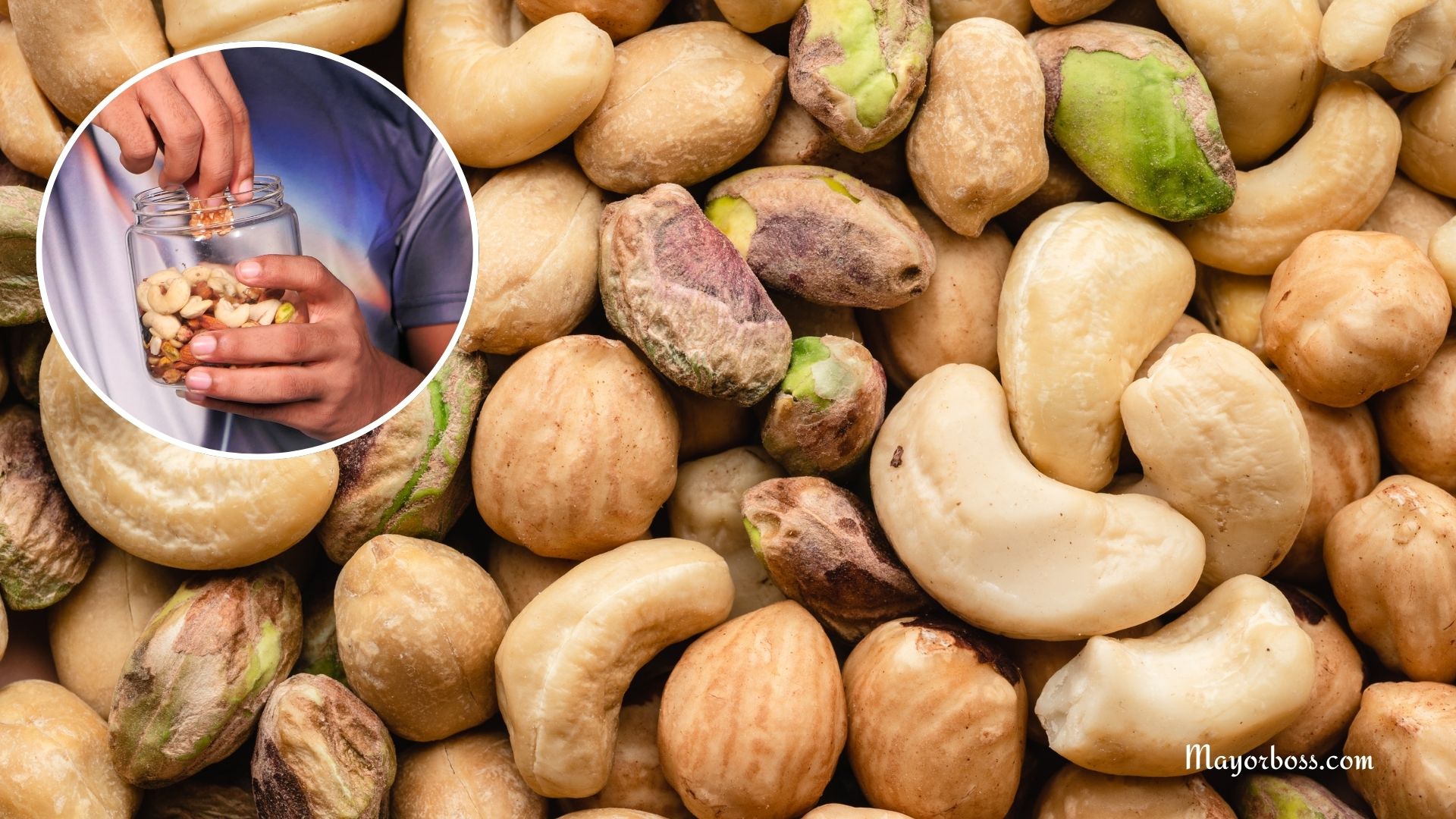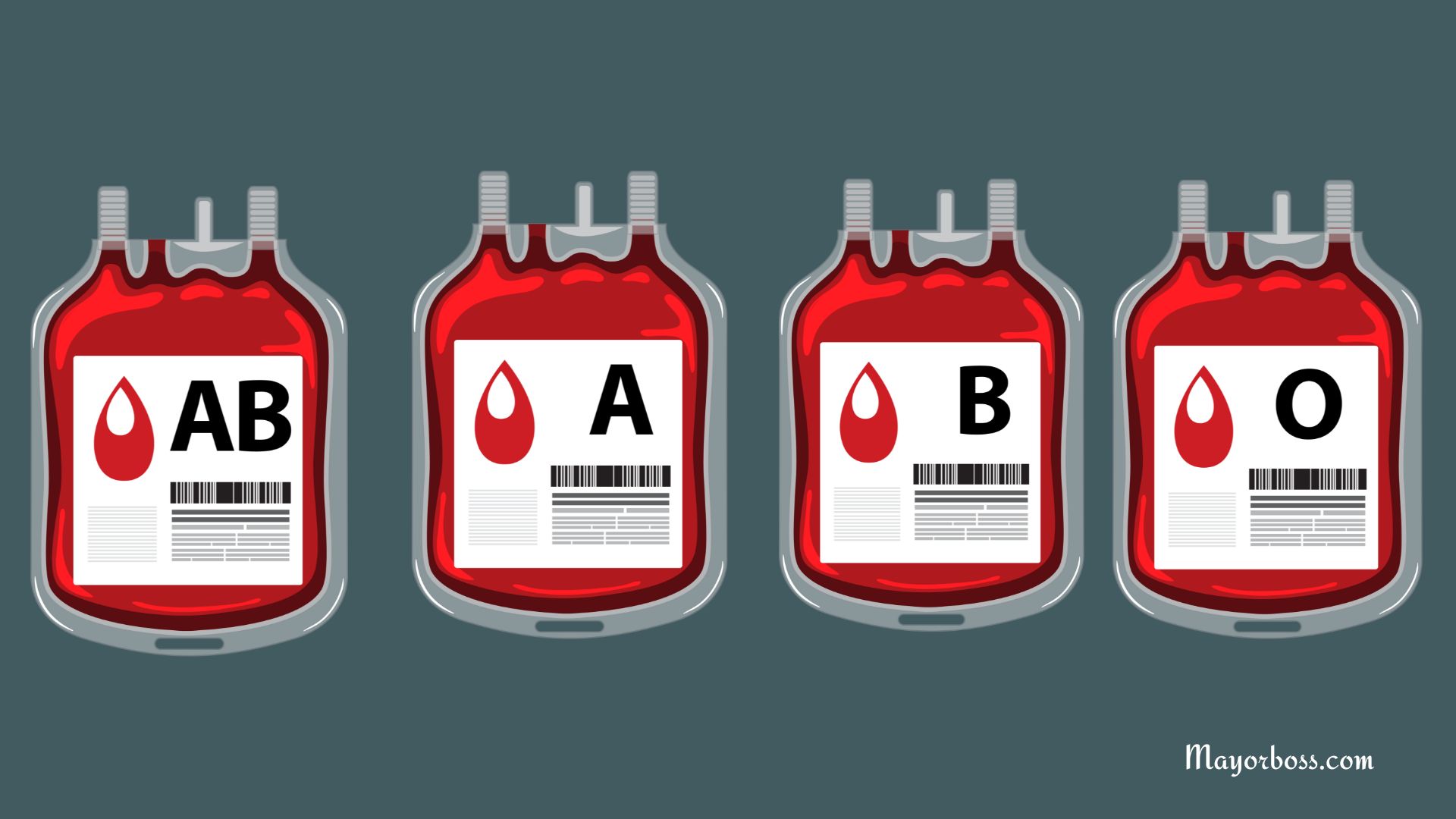What Is Candida Die Off?
Candida die-off, also known as the Herxheimer reaction, occurs when you start to treat a Candida overgrowth in your body. Let’s dive into what it means and how it happens.
What is Candida?
Firstly, Candida is a type of yeast that lives in your body. Normally, it’s harmless and exists in balance with other microorganisms. However, sometimes, it can grow too much, leading to an overgrowth. This overgrowth can cause various health issues, like infections.
What Triggers Candida Overgrowth?
Several factors can cause Candida to grow excessively. These include a weakened immune system, a high-sugar diet, antibiotic use, and certain medical conditions. When Candida grows out of control, it can lead to symptoms like fatigue, digestive issues, and skin problems.
The Die-Off Process
When you start treating Candida overgrowth, the dying yeast cells release toxins into your body. This sudden release of toxins can overwhelm your body’s ability to eliminate them quickly.
Symptoms of Candida Die-Off
You might experience a range of symptoms during this die-off process. Common ones include:
- Fatigue: You might feel unusually tired.
- Headaches: These can range from mild to severe.
- Digestive Issues: You may experience bloating, gas, constipation, or diarrhea.
- Skin Reactions: Rashes or skin irritations can occur.
- Mood Swings: Feelings of irritability or anxiety might emerge.
Why Does Die-Off Happen?
When you treat Candida, you’re essentially disrupting its ecosystem. As the yeast cells die, they release substances like acetaldehyde and ethanol. These can cause inflammation and trigger your immune system’s response, leading to the symptoms you experience.
Managing Die-Off Symptoms
To cope with die-off symptoms, consider the following steps:
- Stay Hydrated: Drink plenty of water to help your body flush out toxins.
- Eat a Balanced Diet: Focus on foods that support your immune system and avoid sugary and processed foods.
- Rest and Relax: Ensure you get enough sleep and practice stress-reducing activities.
- Detox Methods: Some find relief in practices like saunas or detox baths.
- Gradual Treatment: Sometimes, easing into the treatment can help mitigate symptoms.

Important Considerations
It’s crucial to remember that not everyone experiences die-off symptoms. Additionally, if you’re experiencing severe symptoms, it’s perceptive to consult your healthcare provider. They can help determine if what you’re experiencing is indeed a die-off or something else. Moreover, your healthcare professional can guide you safely and effectively treat Candida overgrowth.
In summary, Candida die-off is a temporary reaction to the rapid dying off of yeast cells in your body when treating an overgrowth. It can be uncomfortable, but there are ways to manage the symptoms and ensure a smoother recovery process.






